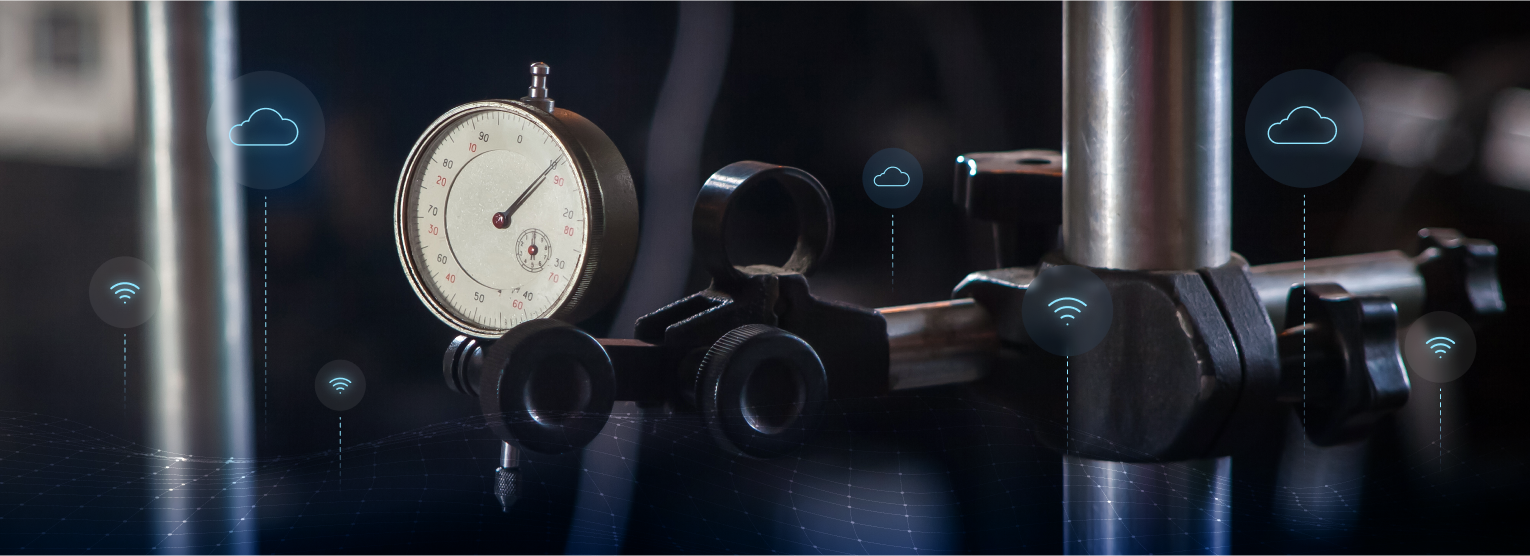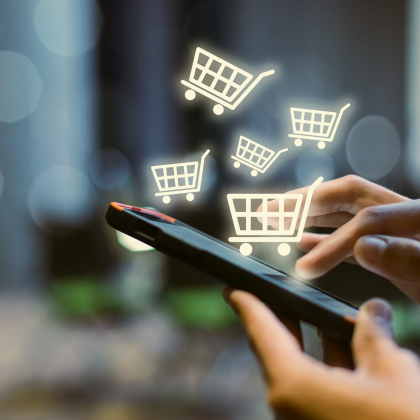Smart City - Blog - How Water-Pressure Management Extends Pipe Life and Reduces Failures
02.07.2025
 62
62

How Water-Pressure Management Extends Pipe Life and Reduces Failures

A city’s water-supply network is a complex smart plumbing system in which pressure fluctuates because of terrain, consumption patterns, and pump-station operations.When these fluctuations exceed design values, pipes age faster, ruptures and water losses rise, and maintenance costs escalate. To address this, the implementation of smart water pressure management is regarded as one of the most economically efficient tools for boosting network reliability and cutting unaccounted consumption.
When static pressure exceeds the design limit, pipes experience constant tensile stress, accelerating the corrosion of metal sections and fatigue of plastic. Dynamic peaks that occur during dips in night-time consumption or due to sudden pump starts generate a phenomenon known as ‘water hammer’. Water hammer results in a short-term pressure increase by a factor of three to five and is the main catalyst for cracks, ruptures, and “flash” leaks at fittings.
Even without a visible failure, water seeps through microscopic pores, and pumps consume extra electricity to move “invisible” cubic metres. IWA studies show that lowering the average pressure by 1 bar reduces daily leakage by 6–9% and extends trunk-line life by about 10%.
To avoid critical pipe damage and the resulting losses, we recommend the following measures:
Dividing the network into pressure zones. Each zone gets its own regulating point, where it is easier to maintain stable pressure and keep a hydraulic balance (digital twin for water systems).
Pressure-reducing and pressure-regulating valves. Mechanical or electro-pneumatic devices automatically maintain the set head and shave night-time peaks (automated water pressure control).
Variable-frequency-drive pumps. A pumping station with a VFD adjusts speed to the actual flow, minimising water hammer and saving electricity (smart grid water integration).
Network pressure sensors and telemetry. Submersible sensors transmit data to SCADA or a cloud platform — algorithms instantly flag deviations and recommend adjusting PRVs or pump speed (IoT water pressure monitoring, real-time pressure alerts, leak detection sensors).
Modelling and optimisation. A hydraulic model evaluates the effect of new regimes in advance and confirms that lowering pressure will not cause a deficit at higher elevations (AI-powered water infrastructure).
Reduced failure rate. Experience from UK and South-African utilities shows that, after installing controlled PRVs, the number of major ruptures fell by 35–50%.
Lower non-revenue losses. Lower pressure means less background seepage and flow through microcracks, directly cutting the volume of water lost and purchased from other providers (remote water monitoring).
Energy savings. Operating pumps 1–2 bars lower drops electricity use by 8–12% without hydraulic upgrades.
Longer overhaul interval. Pipes, fittings, meter assemblies, and even domestic meters last longer, meaning capital expenditures are deferred (intelligent pipe maintenance).
Customer loyalty. Fewer shutoffs and stable supply quality reduce complaints and emergency-dispatch costs (smart home water security).
Diagnostic survey — recording pressure profiles at representative points and identifying “hot zones.”
Creating DMAs — installing flowmeters and isolation valves, forming closed loops.
Selecting the control type — stationary PRVs, multistage motorised valves, or pump control.
Pilot adjustment — lowering pressure by 0.5–1 bar in the chosen zone and monitoring failures and complaints for 3–6 months (predictive maintenance plumbing).
Expansion and automation — integrating sensors, connecting to SCADA, building baseline and optimised models.
Fixing standards — reissuing operating instructions and linking regimes to the capital-repair programme.
To gain a fuller picture of water usage, utilities can complement pressure control with customer-side metering. This enables suppliers to obtain precise consumption data, reduce the workload on meter readers, issue accurate bills on time, and detect theft of water.
Jooby offers a comprehensive solution for water accounting that includes:
Deploying remote water metering does not require replacing the existing meter stock: Jooby radio modules are mounted on current meters and can operate for up to 15 years without a battery swap. Monitoring end-user consumption gives the supplier additional data to detect changes and respond promptly (digital water pressure regulation).
Competent pressure management is a strategic element in programmes aimed at reducing losses and extending pipe life. Compared to full network replacement, investments in PRVs, VFDs, and IoT sensors pay back two to four times faster.
For municipalities and housing-and-utility enterprises, this is an opportunity to reduce failures, cut non-productive costs, and modernise the network without a sharp rise in tariffs — building a foundation for smart water infrastructure and connected plumbing devices for the future.
Stay on top of the latest industry news
Thank you, we have received your message. Our manager will contact you shortly.

Our experts are always happy to help and promptly answer your questions. Please fill out the form to discuss your project and develop a tailored action plan.
Thank you, we have received your message. Our manager will contact you shortly.
Thank you, we have accepted your request. In the near future the responsible manager will contact you and clarify the details of the order.
Our experts are always happy to help and promptly answer your questions. Please fill out the form to discuss your project and develop a tailored action plan.
Thank you, we have received your message. Our manager will contact you shortly.